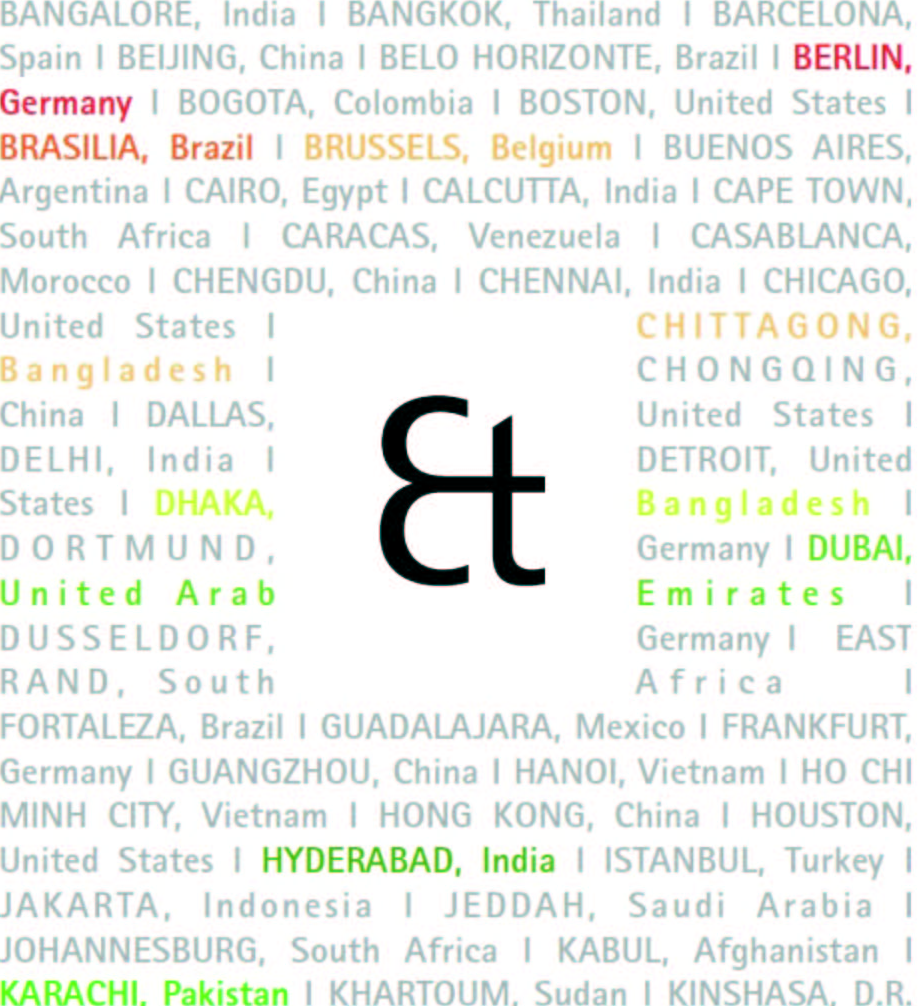|
|
|

Conference Themes
Use the links below or the email reply form to submit your paper
Industrialized Affordable Housing Construction
Industrialized construction is characterized by 70% preparation and 30% execution. That’s why the design process of this construction method is becoming even more important compared to classical construction works. Within the execution stage a deficiency compatible planning of the building system and precast plant can only be corrected by involving substantial extra time and expenses. To avoid this, an integrated design process conflating the interests of building technology and machine technology is indispensable. Regardless of whether a huge amount of housing must be created in a very short space of time, or commercial buildings must be constructed quickly, all types of buildings are built in a cost efficient way. The industrialized building system is the future of construction – if you keep the construction cycle under control.
Industrialized Affordable Housing Construction topics covers:
- Model Risk Management
- Standardized Design
- Industrialization and development
- Durability
 Submit your proposal in Industrialized Housing here
Submit your proposal in Industrialized Housing here
Value engineering in building design and construction
Value engineering or Value Management (see the European Community's SPRINT programme) comprising Value Planning and Value Analysis, is used to solve problems, identify and eliminate unwanted costs, while improving function and quality. The aim is to increase the value of products, satisfying the product’s performance requirements at the lowest possible cost. In construction, this involves considering the availability of materials, construction methods, transportation issues, site limitations or restrictions, planning and organisation, costs, profits and so on. Benefits that can be delivered include a reduction in life cycle costs, improvement in quality, reduction of environmental impacts,and so on.
Value engineering starts at project inception where the benefits can be greatest, however the contractor may also have a significant contribution to make as long as the changes required to the contract do not affect the timescales, completion dates or incur additional costs that outweigh the savings on offer.
Value engineering involves:
- Identifying the main elements of a product, service or project
- Analysing the functions of those elements
- Developing alternative solutions for delivering those functions
- Assessing the alternative solutions
- Allocating costs to the alternative solutions
- Developing in more detail the alternatives with the highest likelihood of success
Value engineering is an exercise that involves most of the project team as the project develops, by selecting the most cost-effective solution. However it is about taking a wider view and looking at the selection of materials, plant, equipment and processes to see if a more cost-effective solution exists that will achieve the same project objectives.
 Submit your proposal in Value Engineering here
Submit your proposal in Value Engineering here
Value Engineering and Sustainability
Sustainable Value Engineering is concerned with maximising value, not just reducing costs, it seeks optimum solutions to remove unnecessary waste and reduce life cycle costs whilst improving function, quality and sustainability.
Unnecessary waste might include; unnecessary cost, materials, resources, energy, water, time, plant, lead-in times, transportation, maintenance, replacement and disposal activity.
Although widely used in construction as a purchasing approach to reduce costs, it is now regaining its status as a key modern project management technique: Project planning and the development of design proposals, project execution, quality and environmental management plans.
Project sustainability, addressing for example material sustainability impact, (eg. life cycle, carbon, health and biophilic impacts) circular economy approaches, (eg, design for de-construction and de-assembly) low carbon solutions (eg off site assembly and production) social impact (eg, safety, wellness, local, skills, transport, community impact).
Combined with supplier engagement through last planner or briefing sessions it can be a powerful tool for exploring integrated and shared economy approaches (eg shared resources, labour, suppliers, deliveries)
 Submit your proposal in Value Engineering and Sustainability here
Submit your proposal in Value Engineering and Sustainability here
Enhanced Lean Manufacturing in Building Construction
This track covers Work Standardization, 5S Workplace Organization, Visual Controls, Batch Size Reduction, Points of Use Storage, Quality at the Source, Workflow Practice, Improved Information and Product Flow, Cellular Manufacturing, Pull & Synchronous Scheduling, Six Sigma & Total Quality, Rapid Setup, Work Teams for Cell Management & Process Improvement, Simplified scheduling and Kanban inventory management (the Toyota Model) and Lean PD Assessment Tools
 Submit your proposal in Lean Manufacturing in Construction here
Submit your proposal in Lean Manufacturing in Construction here
Building Printing
Building printing refers to various technology that use 3D printing as a way to construct 3D printed residential buildings. Potential advantages of this process include quicker construction, lower labor costs, and less waste produced. 3D printing at a large scale may be well suited for construction of extraterrestrial printed structures on the Moon or other planets where environmental conditions are less conducive to human labor-intensive building practices.
Developments in additive manufacturing technologies have included attempts to make 3D printers capable of producing structural buildings.
 Submit your proposal in Building Printing here
Submit your proposal in Building Printing here
Building Information Modelling -(BIM)
Building information modeling (BIM) is a process involving the generation and management of digital representations of physical and functional characteristics of places. Building information models (BIMs) are files (often but not always in proprietary formats and containing proprietary data) which can be exchanged or networked to support decision-making about a place. Current BIM software is used by individuals, businesses and government agencies who plan, design, construct, operate and maintain diverse physical infrastructures, such as water, wastewater, electricity, gas, refuse and communication utilities, roads, bridges and ports, houses, apartments, schools and shops, offices, factories, warehouses and prisons.
BIM covers:
- Management of building information models
- BIM in construction management
- BIM in facility operation
- BIM in land administration and cadastre
- BIM Software and BIM Open Source Software
 Submit your proposal in BIM here
Submit your proposal in BIM here












